HOW TO DECORATE A MID-CENTURY MODERN LIVING ROOM – Easy Design Tips
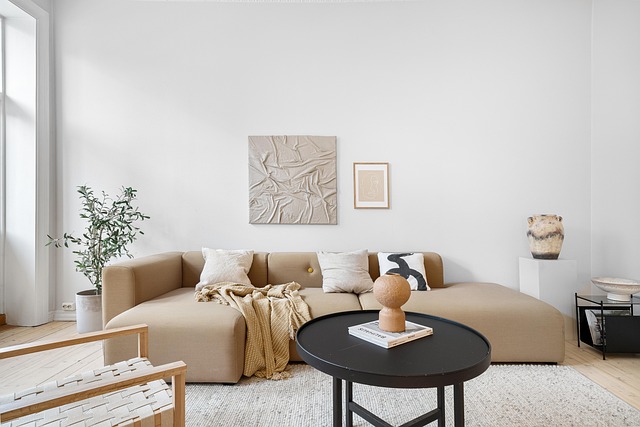
Advertisement
© 2025 AI Illustrator — Inspiration Only
image by : pixabay
Do you ever look at your living room and think, “It feels off…” ? Maybe it lacks warmth, or maybe it just doesn’t feel like you . If you’re drawn to clean lines, warm textures, and timeless design, mid-century modern could be the perfect style to transform your space.
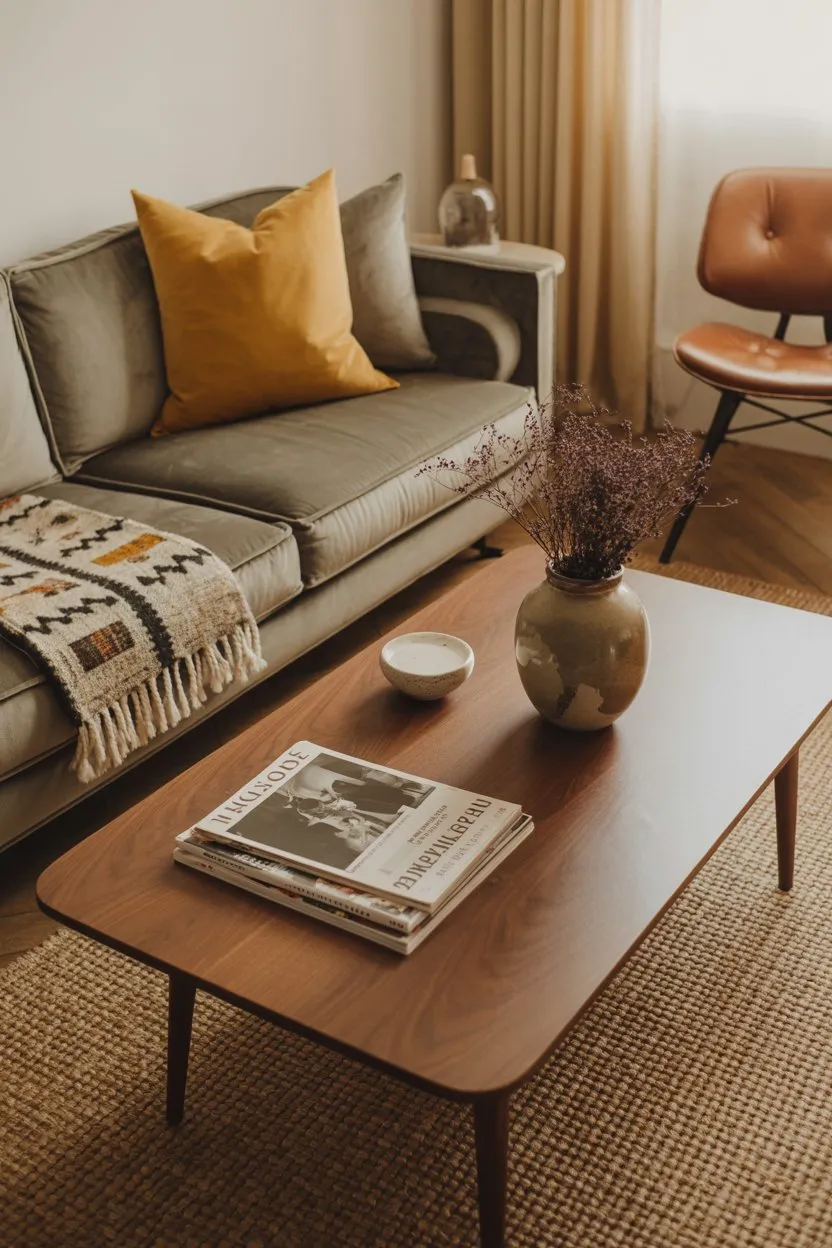
© 2025 AI Illustrator — Inspiration Only
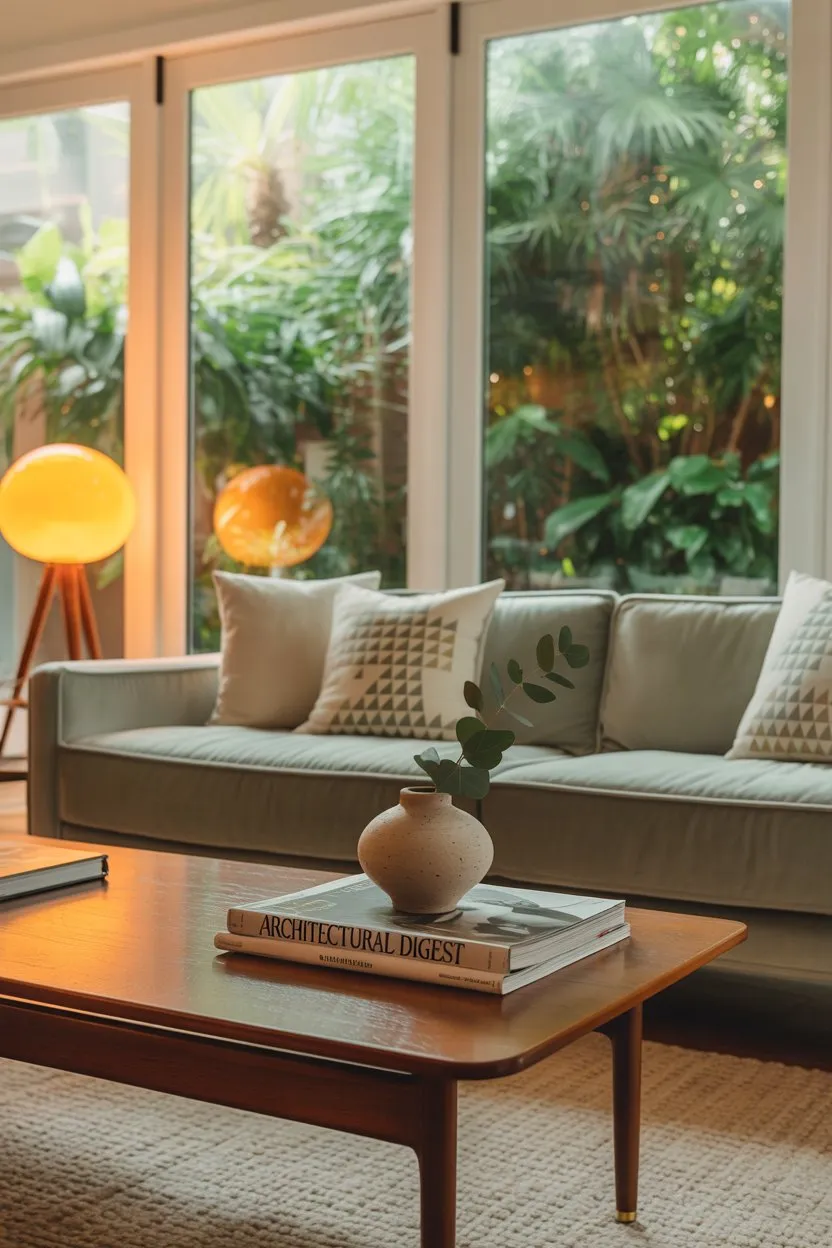
© 2025 AI Illustrator — Inspiration Only
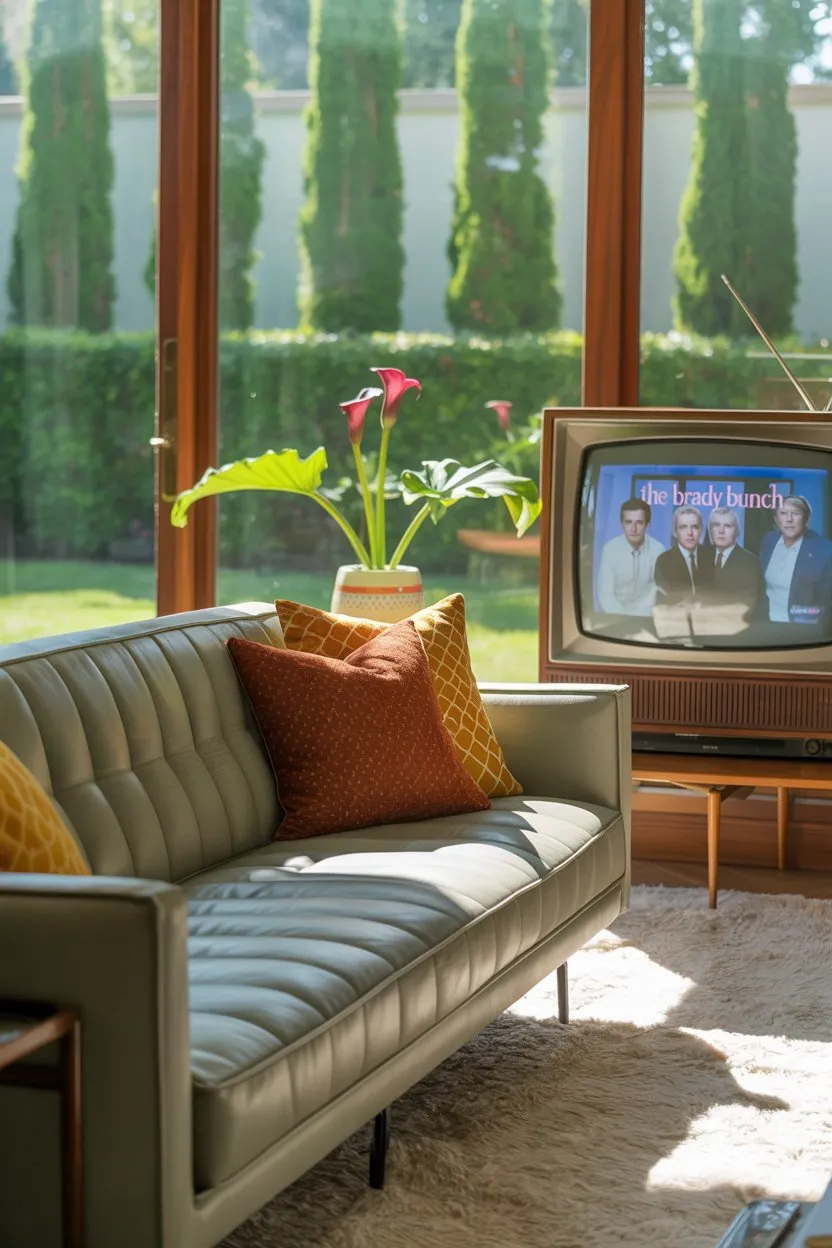
© 2025 AI Illustrator — Inspiration Only
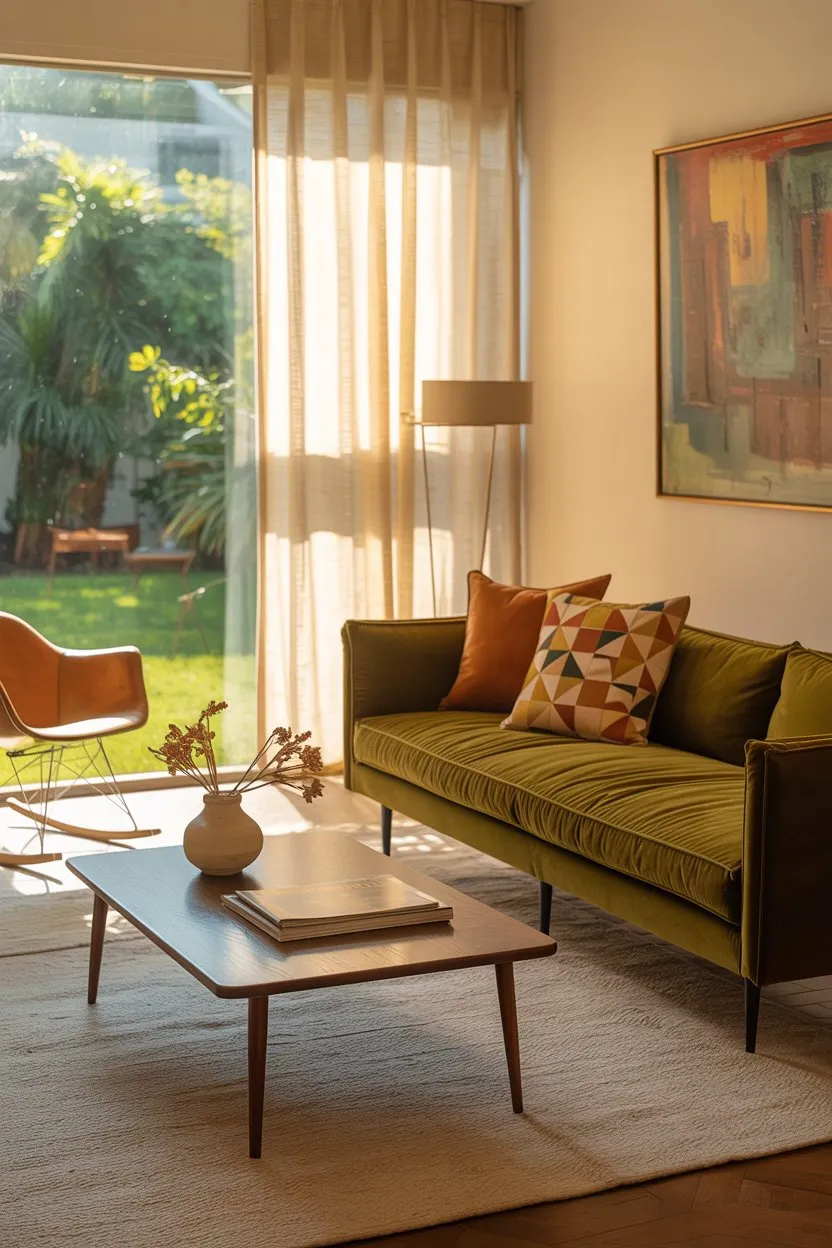
© 2025 AI Illustrator — Inspiration Only
Mid-century modern isn’t just about retro furniture — it’s about creating a space that feels intentional, cozy, and stylish without trying too hard. Whether your living room is small or spacious, long or square, these 18 genius mid-century modern living room ideas will help you create a space that feels both inviting and totally on-trend.
Mid-Century Modern Living Room Design
At its core, mid-century modern design is all about blending form and function. The era brought sleek silhouettes, organic shapes, and natural materials into everyday spaces. It was minimal, but never cold — warm, but never cluttered.
When designing a mid-century modern living room, start by focusing on balance. Think symmetry, clean lines, and a neutral base with bold accents. This style thrives when there’s breathing room between pieces, so don’t overcrowd your layout.
Choose furniture that feels timeless — think molded plastic chairs, walnut side tables, and low-profile sofas. These pieces may have come from the ‘50s and ‘60s, but they still hold up today.
Use Warm Wood Tones for Natural Texture
One of the easiest ways to bring that mid-century charm into your living room is through warm wood tones. Teak, walnut, oak — these materials instantly add depth and texture without feeling heavy.
Try swapping out any glossy or synthetic finishes for real wood wherever possible. A solid wood coffee table or floating media console can act as the anchor of your space.
If you’re not ready to invest in big furniture, start small: opt for wooden shelves, a vintage clock, or even a simple side table. These touches can still make a strong visual impact while staying true to the MCM aesthetic.
Choose Iconic Furniture Pieces
Mid-century modern design gave us some of the most iconic furniture pieces ever made — the Eames Lounge Chair, the Barcelona Chair, the Noguchi Table, and more. While original pieces can be pricey, there are plenty of high-quality reproductions and vintage finds that capture the same spirit.
Don’t feel pressured to fill your space with only classic items. Mixing modern comfort with vintage-inspired designs often creates a more livable, curated look.
Which Living Room Color Palette Fits You Best?
Discover the palette that reflects your style — take our free quick quiz and get instant decor inspiration!
Take the Quiz NowFor example, pairing a sleek reproduction Arco Floor Lamp with a minimalist sofa brings together old and new seamlessly. Just keep the lines clean and avoid over-accessorizing — mid-century modern is all about simplicity with a touch of boldness.
Incorporate Organic Shapes and Curves
While mid-century modern is known for its clean, angular lines, soft curves also played a big role in the era’s design. Think Milo Baughman mirrors, curved-back sofas, and rounded coffee tables.
Adding one or two curved elements to your living room can break up the rigidity of straight-lined furniture and give the space a more dynamic feel.
In one project I worked on, we added a swivel chair with a curved silhouette next to a fireplace. It became an instant focal point and helped soften the overall look of the room.
Curves invite movement and flow — they’re like a visual hug for your space.
Keep Walls Simple and Functional
Mid-century modern interiors often feature minimal wall decor — think recessed lighting, built-in shelving, and large windows that let in natural light.
Avoid busy wallpaper or overly ornate frames. Instead, opt for simple art in sleek frames or gallery-style arrangements that let the artwork shine.
Floating shelves made from reclaimed wood or metal brackets are great for displaying books, plants, and a few carefully chosen decor items. Because they’re mounted flush to the wall, they take up little visual space but offer tons of functionality.
Also, consider painting one accent wall a deep charcoal or warm terracotta to add contrast and highlight your furniture.
Stick to a Neutral Base with Pops of Color
Mid-century modern design often uses a neutral color palette — whites, creams, soft grays — which allows bolder colors to stand out. Mustard yellow, burnt orange, deep teal, and olive green were all popular during the era and still work beautifully today.
A great way to introduce color is through textiles. Throw pillows, blankets, and even rugs can act as colorful accents without overwhelming the space.
In one project, I used a bright orange armchair against a white backdrop, and it became the statement piece of the room. Don’t be afraid to play with color — just keep the rest of the room balanced to avoid chaos.
Let Natural Light Shine Through
Lighting was a huge focus in mid-century design — both natural and artificial. Large windows, sliding glass doors, and skylights were common features that blurred the line between indoors and outdoors.
If your living room has large windows, embrace them. Use sheer linen curtains or no curtains at all to let the light pour in. If privacy is a concern, consider frosted window film or minimalist blinds that match your overall color scheme.
And when the sun goes down? Go for statement lighting. A Sputnik chandelier or a pair of sleek floor lamps can double as functional decor.
Add Texture with Natural Fibers
Texture plays a big role in making a mid-century modern room feel cozy. Rugs, throw blankets, woven baskets, and even rattan furniture can add depth and warmth.
In one of my favorite projects, we layered a jute rug over hardwood floors and paired it with a wool throw and a rattan floor lamp. The result? A living room that felt rich, grounded, and incredibly welcoming.
Natural fibers bring life to minimalist spaces — they’re subtle but powerful.
Balance Open Space with Focal Points
Because mid-century modern design leans toward open layouts and minimalism, it’s important to create focal points that draw the eye and ground the space.
This can be as simple as a striking piece of artwork above the couch, a fireplace flanked by built-in bookshelves, or even a bold-colored sofa centered around a coffee table.
Focal points give the room structure and help prevent it from feeling empty or unfinished.
Mix Old and New for a Personalized Look
One of the joys of decorating in a mid-century modern style is getting to play with different eras. You don’t need everything to be vintage to pull off the look.
Try mixing a modern sectional with a retro floor lamp or a secondhand Danish teak end table. This kind of blend adds character and makes the space feel more personal.
Mid-century modern isn’t about matching sets — it’s about balance, intention, and thoughtful curation.
Invest in Statement Lighting
Lighting is more than just function — it’s part of the design.
From the iconic Arco Floor Lamp to the sleek beauty of a Sputnik chandelier, mid-century modern lighting can elevate your living room from basic to stunning.
Choose one or two standout pieces that reflect the era’s design language — clean lines, geometric shapes, and a bit of drama.
Even if you can’t afford designer originals, there are many affordable options that mimic the look perfectly.
Add Vertical Storage for Functionality
Mid-century modern design often emphasizes clean floors and open space, which makes vertical storage an excellent choice. Built-in bookshelves, wall-mounted cabinets, and tall sideboards not only maximize space but also maintain the minimalist aesthetic that defines the era.
In narrow or small living rooms, floor space is precious. That’s where tall, slim shelving units come in handy. They offer plenty of storage without taking up too much room, and they can be styled with books, plants, and curated decor to add personality.
Try adding floating shelves made from warm wood or metal brackets for a functional yet stylish touch. These are perfect for displaying vintage finds, art pieces, or even your favorite records — all while keeping clutter off the floor.
Use Geometric Rugs to Define Zones
Rugs are one of the easiest ways to bring warmth and definition to a mid-century modern living room. But instead of going for overly soft or busy patterns, opt for bold geometric designs in black-and-white, mustard, or olive tones.
These rugs help define seating areas without overpowering the space. In long rectangular rooms, placing a rug under the coffee table and front legs of the sofa helps create a visual anchor.
If you’re working with an open-plan space, use different rugs to separate zones — like the living area from a reading nook or workspace. Just keep the color palette consistent to maintain flow.
Go for Low-Profile Furniture
One of the most recognizable elements of mid-century modern furniture is its low-to-the-ground silhouette. Think sleek sofas, lounge chairs with clean lines, and minimalist coffee tables that sit close to the floor.
This design choice not only enhances the sense of space but also gives the room a grounded, relaxed feel. In rooms with high ceilings, low-profile furniture balances the vertical space and prevents the room from feeling too vast or empty.
To keep things cozy, pair these pieces with plush cushions, textured throws, and a few organic accents like rattan or wool.
Incorporate Vintage-Inspired Wall Art
Art plays a big role in mid-century interiors. The right piece can instantly elevate the space and give it character. Look for abstract prints, graphic posters, or minimalist black-and-white photography framed in simple wood or metal frames.
Gallery walls were common in the era, but they were always intentional — not cluttered. Try grouping 3–5 pieces together in a symmetrical layout for a polished look.
If original art feels out of reach, many affordable reproductions and vintage-style prints are available online. You can even frame record covers or old book pages for a personal, nostalgic touch.
Add Greenery for Life and Warmth
Plants were everywhere in mid-century interiors — and for good reason. Whether it was a tall fiddle leaf fig tree or a hanging pothos plant, greenery brought life into minimalist spaces.
Incorporate indoor plants in corners, on floating shelves, or next to statement lighting. Choose varieties with clean, architectural shapes like snake plants, monstera, or yucca to complement the design style.
If you don’t have a green thumb, go for high-quality faux plants. Even artificial ones can work beautifully when styled well.
Use Mirrors to Enhance Light and Space
Mirrors were a staple in mid-century homes, especially in smaller or darker spaces. A large round or oval mirror above a console table or fireplace can reflect light and make the room feel bigger.
Look for mirrors with simple wooden or metal frames — no ornate carvings or excessive detailing. Place them strategically near windows or lamps to bounce natural or ambient light around the room.
A vintage sunburst mirror (like a Sputnik-inspired shape) adds drama and a true retro vibe.
Keep Window Treatments Simple
Mid-century modern interiors favored minimal window treatments. Large windows were meant to be shown off, so sheer curtains or unlined linen panels were common choices.
For privacy without sacrificing style, consider roller blinds in neutral tones or wooden shutters. Avoid heavy drapes or overly decorative valances — they’ll clash with the clean lines of the rest of the space.
Letting in natural light is key to achieving that airy, timeless mid-century feel.
Mix Textures for Depth and Comfort
While mid-century modern design leans toward minimalism, texture is what keeps the space from feeling cold or sterile. Mixing materials like wood, metal, glass, and fabric adds visual interest and warmth.
Try pairing a smooth leather sofa with a woven wool throw and a rattan floor lamp. Or place a shaggy sheepskin rug over hardwood flooring. These combinations keep the room balanced and inviting.
Don’t be afraid to layer textures — just keep the color palette cohesive to avoid chaos.
Final Touch: Personalize With Accessories
Mid-century modern doesn’t mean impersonal. On the contrary, it’s about creating a space that reflects who you are. Display meaningful objects like travel souvenirs, vintage cameras, vinyl records, or ceramics.
Choose accessories that tell a story and fit the overall aesthetic — clean, simple, and intentional.
Avoid cluttering surfaces. Instead, curate each shelf, side table, and mantel with purpose. Less really is more in this style.

